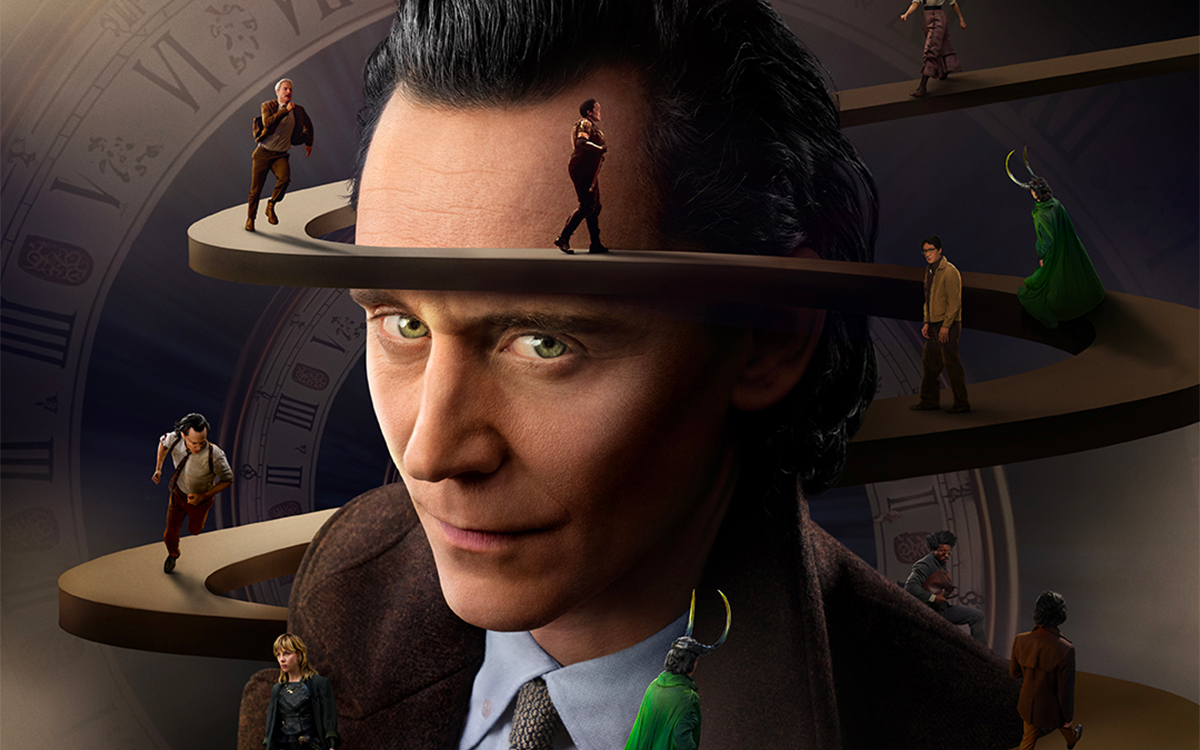Loki season 2 is over. Its last episode takes the opportunity to hide a few easter eggs that are sometimes difficult to spot. Here they are, with their explanations. Warning: spoilers!

End clap for season 2 of Loki! The last episode was broadcast on Disney+ and ends the adventure of the Asgardian god. Obviously, if you haven’t seen it yet, stop reading this article right away. What follows reveals the plot and the end of the season, you have been warned. Loki, who now masters the time slipteleports to different points in the time continuum to avoid the explosion of the heart of the Court of Anachronistic Variations (VAT).
He takes the opportunity to revisit key scenes from previous episodeseven those of the season 1. The opportunity was too good and the screenwriters did not miss it by slipping in more or less subtle references to Marvel Cinematic Universe (MCU), but not only that. Because it’s easy to miss them, and because it will give you a great reason to rewatch the episode, we’ve listed them for you just below.
Here are the easter eggs scattered in the last episode of season 2 of Loki
We can note 3 nods to Marvel films of recent years through short lines.
References to Ant-Man and the Wasp: Quantumania
In front of The one who remains (Kang) in his End Times CitadelLoki is faced with a difficult choice. Either he lets Sylvie kill him, leading to the fall of the multiverse, or he kills Sylvie and becomes the new leader of the TVA alongside Kang. Going back in time several times, Loki witnesses Sylvie’s murder of Kang without being able to bring himself to stop it. Each time, the supervillain says to his assassin: “We will see each other again soon”. This sentence refers to the post-credits scene from the movie Ant-Man and the Wasp: Quantumaniawhere we can see hundreds of versions of Kang ready to invade the time continuum.
There is a second line referring directly to this MCU film. In a scene near the end of the episode, the character of B-15 turns to that of Mobius and asks him if there have ever been any Kang variants in the multiverse. He tells her yes, and that he “caused a ruckus in a kingdom adjacent to 616, but they managed it”. There Earth 616 is actually the one on which the entire MCU takes place, started with the feature film Iron Man first of the name in 2008. The adjacent kingdom is the Quantum Realm where all the action of Ant-Man and the Wasp: Quantumania takes place. The two eponymous heroes having succeeded in stopping Kang in the latter, we can indeed consider “that they managed”.
The reference to Thor (2011)
Remember, in the first film featuring Loki already 12 years ago, the Asgardian god tries to destroy the kingdom of Jötunheim. The one that Odin, in Norse mythology, left to the ice giants. But Thor foils his plans and breaks the Bifröstthe bridge that connects Earth (Midgard) to the sky (Asgard). Loki then falls into the void of space and shouts “I could have done it, father! For you ! For all of us !”. Does that remind you of something ? Yes, it’s this line that the character uses again in the last episode of season 2, when he is about to sacrifice himself to save everyone: “For you, for all of us!”.
The reference to Norse mythology
Loki is himself a character from Norse mythology, just like Thor. We are therefore not going to break open doors, but simply highlight a choice made by Loki when he uses his new powers to reinforce the timelines between them. It has not escaped your notice that its creation takes the form of a huge tree. This is clearly theWorld TreeOr Yggdrasil. Originally, it is he who supports the nine kingdoms of the world of Odin and others, while connecting them. Loki therefore drew on his origins to consolidate the multiverse and its multiple ramifications.
Season 2 of Loki ended in apotheosis, and the little references slipped here and there remind us how the series fits into the MCU. If you want to rewatch the films that make it up, take the opportunity to do so in chronological order.
